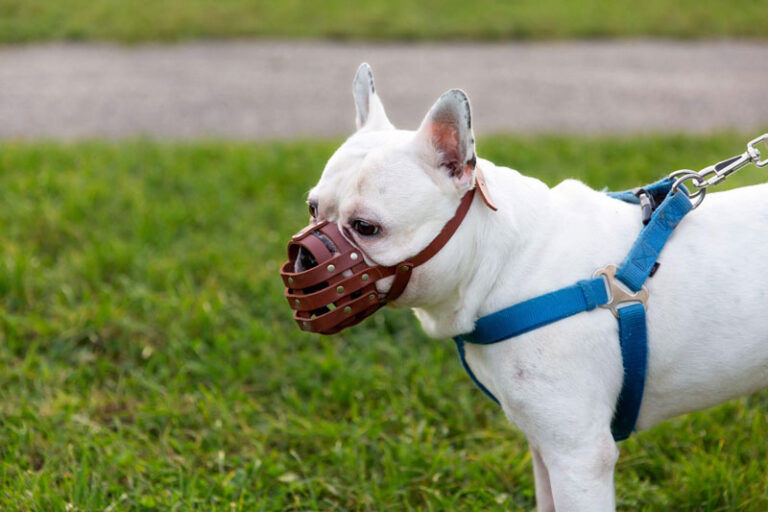Leash biting is a common behavior among dogs, often stemming from excitement, boredom, or even stress. While it might seem harmless at first, a dog gnawing on its leash can lead to various issues, such as damaged equipment and potential harm to the pet. Fortunately, there are several effective techniques to curb this behavior and ensure enjoyable walks for both you and your furry friend.
Choose the Right Leash:
The first step in preventing leash biting is selecting the appropriate leash for your dog. Opt for a sturdy, chew-resistant leash made from materials such as nylon or leather. These materials are less appealing for dogs to sink their teeth into compared to softer alternatives. Additionally, consider a shorter leash to minimize the likelihood of your dog getting tangled up and resorting to leash biting out of frustration.
Provide Adequate Exercise:
Many dogs resort to leash biting as a way to release excess energy. Regular exercise is crucial for a dog’s physical and mental well-being. Before taking your pup for a walk, engage in activities that burn off some of their energy, such as playing fetch or allowing them to run freely in a secure area. A tired dog is less likely to engage in undesirable behaviors like dog leash biting, making exercise an essential component of behavior management.
Basic Obedience Training:
Invest time in teaching your dog basic obedience commands. Training not only fosters a strong bond between you and your pet but also establishes you as the leader. Commands such as “sit,” “stay,” and “leave it” are particularly useful when trying to prevent leash biting and from stop your dog biting the leash. Practice these commands during walks, rewarding your dog with treats and praise for good behavior. The more your dog associates positive reinforcement with obedience, the less likely they are to resort to dog lead biting.
Introduce Distractions:
Distracting your dog during walks can be an effective way to redirect their attention away from the leash. Bring along their favorite toys or treats, using them strategically to keep your dog focused on positive activities. Whenever you notice your dog starting to chew on the leash, redirect their attention by offering a toy or treat. This not only prevents unwanted behavior but also reinforces positive associations with the leash-walking experience.
Use Bitter Sprays or Anti-Chew Products:
Bitter sprays or anti-chew products can be applied to the leash to deter dogs from biting. These products have a taste that dogs find unpleasant, discouraging them from mouthing the leash. Before using any product, ensure it is safe for pets and won’t cause harm. Always follow the manufacturer’s instructions, and consider testing a small area of the leash before applying the spray more broadly. Over time, the association between the bitter taste and the leash-biting behavior can help break the habit.
Employ Positive Reinforcement Techniques:
Positive reinforcement is a powerful tool in modifying your dog’s behavior. Whenever your dog refrains from biting the leash, reward them with praise, treats, or affection. Consistency is key, so be sure to reinforce positive behavior every time it occurs. Dogs thrive on positive interactions with their owners, and by associating good behavior with rewards, they are more likely to repeat it. With time and consistent reinforcement, leash biting can become a thing of the past.
Seek Professional Training Assistance:
If leash biting persists despite your efforts, seeking the guidance of a professional dog training expert or behaviorist can be invaluable. These experts can assess your dog’s specific issues and tailor a training plan to address them effectively. They may provide personalized strategies, identify underlying causes, and offer hands-on guidance to ensure your dog’s behavior improves. Professional trainers can also help you refine your training techniques, enhancing the overall bond between you and your furry companion.
Conclusion:
Leash biting is a behavior that can be addressed with patience, consistency, and the right techniques. By choosing the right equipment, providing adequate exercise, incorporating basic obedience training, introducing distractions, using deterrent products, employing positive reinforcement, and seeking professional assistance when needed, you can prevent your dog from biting their lead. Remember, every dog is unique, so it may take some time to find the most effective combination of techniques for your furry friend. With dedication and positive reinforcement, you can enjoy stress-free walks with your well-behaved canine companion.

0 Comments